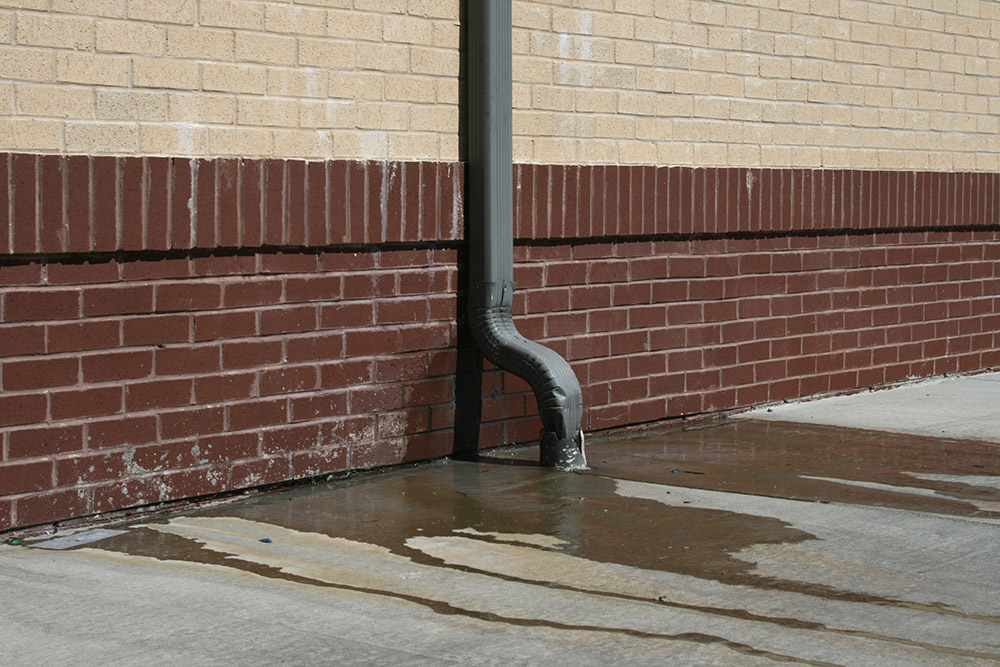What are Some of the Causes of Foundation Distress?
What are Some of the Causes of Foundation Distress?
First of all, this discussion is limited to areas where there is a lot of expansive clays in the soils such as is the case in southeast Texas and the greater Houston area. We also will be confining our discussions to single family homes, although other structures such as apartment complexes, condos, townhomes, light commercial structures, etc. may apply.

Next, let’s talk about what makes the soils in this area move so much. The answer is the clays in the soils and how they react to moisture. As the soil dries out, the clays will shrink. (If there is no vegetation on the top of the ground, you may see cracks appearing on the surface of the ground.) When the soil becomes wet, they will rehydrate and the soils will expand. Any structure on top of this ground will rise and fall with the expanding and shrinking soils.
The foundations of most homes in our area are engineered with this movement in mind. In a normal year, between the wet season and the dry season, the perimeter may rise and fall as much as ¾ of an inch relative to the center of the structure. Why does the perimeter move more than the center of the house? The moisture content of the soil under the center of the house is relatively more stable than the moisture content around the perimeter because evaporation affects the soil more at the perimeter than the center. Also when it rains, the soil will rehydrate faster around the perimeter – it will take the water longer to travel to the center to swell the soil at that location.
So What is the Main Cause?
The main cause of foundation movement is the changing moisture content of the soil. If you can control the moisture content of the soil, you can control most of the movement of the foundation.
Trees and their root system: Some very large trees can pull out 200 gallons of water a day! Maybe you don’t have trees this large on your property or the property adjacent to yours, but you may have 2 or 3 smaller trees and combined they could be pulling out 50 gallons of water a day. Are you putting those 50 gallons of water back every day? Probably not.
Plumbing problems: Cracked or broken drain lines or fresh water pressurized lines can cause problems not just under the kitchen and bathroom areas but the whole length of the lines as they run out to the perimeter of the house. A dripping hose bib is also a big contributor to foundation problems.

Not having positive drainage away from the house: Do you have areas around your house that don’t drain and water sits for days after a rain? You should have positive drainage away from you home. That means that the ground should be graded so water will flow away from your home and off your property. There should be 6 inches of fall in the first 10 feet from the edge of your home. If your property ends at 5 feet, you should still have that 6-inch drop in that 5-foot space. If water ponds in one area next to your house, you will have soils that stay wet and will swell and areas that are dry will start to shrink. This will cause differential heaving of your foundation, that’s not good.
In other articles on the Foundation Check website, we will outline other potential contributors to foundation movement. Do you need expensive foundation repair if one or more of these problems happen on your property? Maybe not. In other articles, we will also suggest ways the homeowner could address these issues and save them money.
For other general questions about foundation movement, contact us and we will try to answer within a day or two but many times each property has its own unique set of issues and a general answer may not always work for your specific case, but bring them on, we love helping homeowner uncover.

